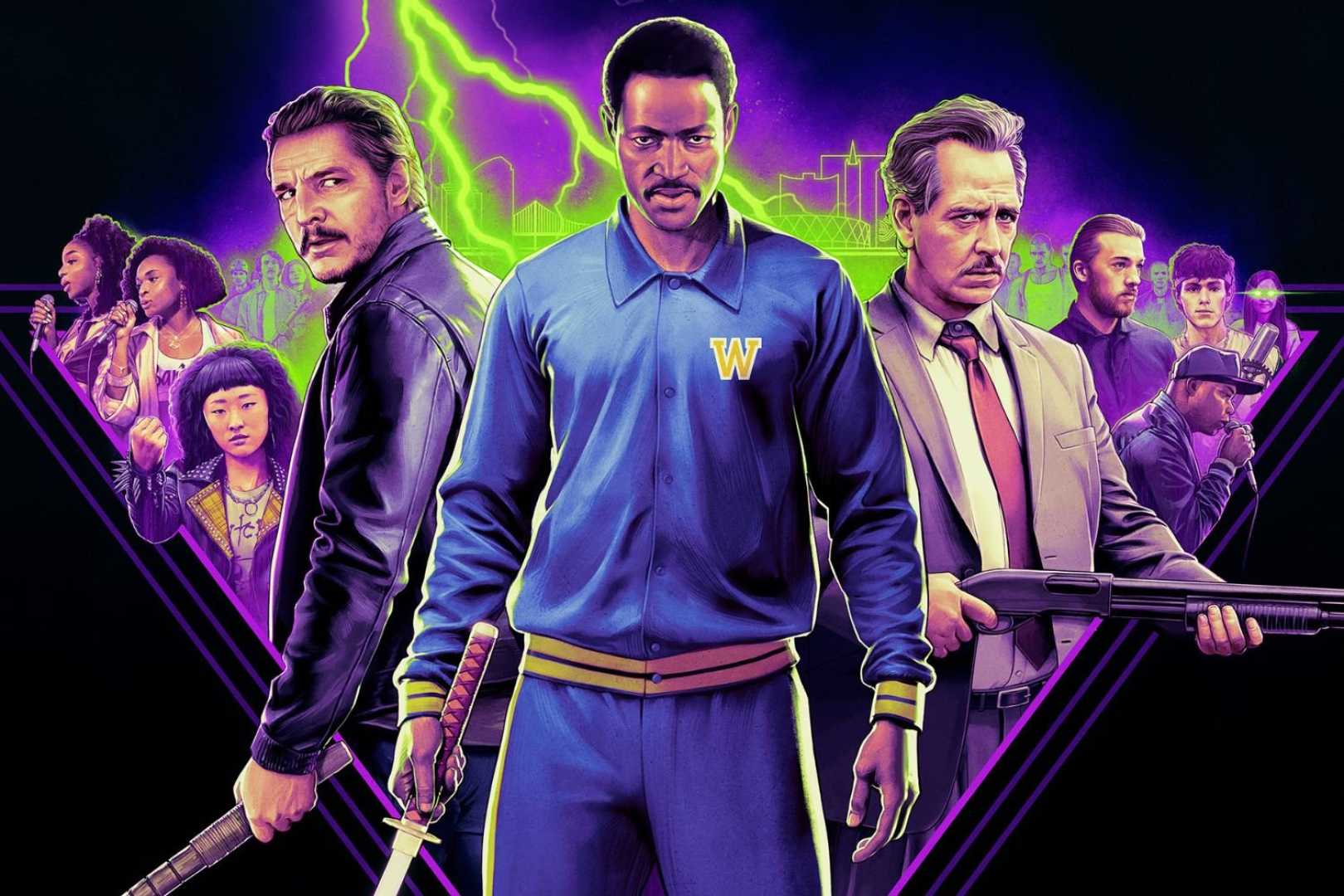Entertainment
‘Freaky Tales’ Captures the Chaotic Spirit of 1987 Oakland

PARK CITY, Utah — A vibrant homage to the Oakland of 1987, “Freaky Tales” melds reality and myth, chronicling the city’s diverse culture through a series of interwoven stories. The film, directed by Anna Boden and Ryan Fleck, premiered at the 2024 Sundance Film Festival and was released in theaters on April 4, 2025.
The narrative unfolds on May 10, 1987, a day marked by pivotal events, including an iconic NBA playoff game between the Golden State Warriors and the Los Angeles Lakers. The film features a voiceover from rapper Too Short, who nostalgically remarks, “Oakland in ’87 was hella wild,” setting the tone for what is both a chaotic and reflective look at a city rich in history.
“Freaky Tales” is divided into four segments, spotlighting various characters including punk rockers, aspiring rappers, and sports figures like Sleepy Floyd, portrayed by Jay Ellis. The film captures the era’s ethos, showcasing how young voices navigated challenges from both their community and broader societal issues.
The first segment follows teen punks Tina and Lucid as they confront Neo-Nazis disrupting their local music scene. Set against a backdrop of vibrant concerts and DIY culture, the duo exemplifies resilience in the face of adversity.
In another segment, aspiring rappers Entice and Barbie, played by Dominique Thorne and Normani, engage in a humorous yet pointed rap battle against Too Short. Their encounter highlights themes of misogyny and the struggle for representation within hip-hop.
The film’s third chapter introduces Clint, played by Pedro Pascal, a debt collector attempting to leave behind his violent past for a stable life with his pregnant wife, Grace. This narrative juxtaposes the excitement of Oakland’s nightlife with the grim realities faced by individuals caught in cycles of crime.
Pascal’s performance adds depth to the anthology, capturing a sense of urgency and vulnerability as Clint’s world unravels. The character’s journey intertwines with that of other protagonists, weaving a tapestry of interconnected stories.
The final chapter revisits Sleepy Floyd during a playoff game, illustrating his dramatic transformation from athlete to vigilante seeking revenge. His narrative culminates in a blend of dark humor and high-octane action, underlining the film’s energetic style.
“Freaky Tales” employs a playful aesthetic, complete with VHS-style transitions and stylized editing reminiscent of classic cinema. This visual approach emphasizes the film’s nostalgic tone, celebrating Oakland while acknowledging the complexities of its past.
Despite moments of inspired storytelling, some critics feel the film lacks cohesive depth, noting that the rapid shifts in narrative tone can undermine character development. Nevertheless, the vibrant soundtrack, featuring artists like Evelyn “Champagne” King, enhances the film’s nostalgic ambiance.
As a love letter to Oakland, “Freaky Tales” captures the spirit of a time and place that has forever shaped its inhabitants. The filmmakers’ passion for their community is palpable, making the film an energetic, if sometimes chaotic, watch.
Overall, “Freaky Tales” serves as a reminder of the power of storytelling in honoring local culture while reflecting on broader social themes. The film stands out as a unique piece of cinema that invites both nostalgia and critique.












